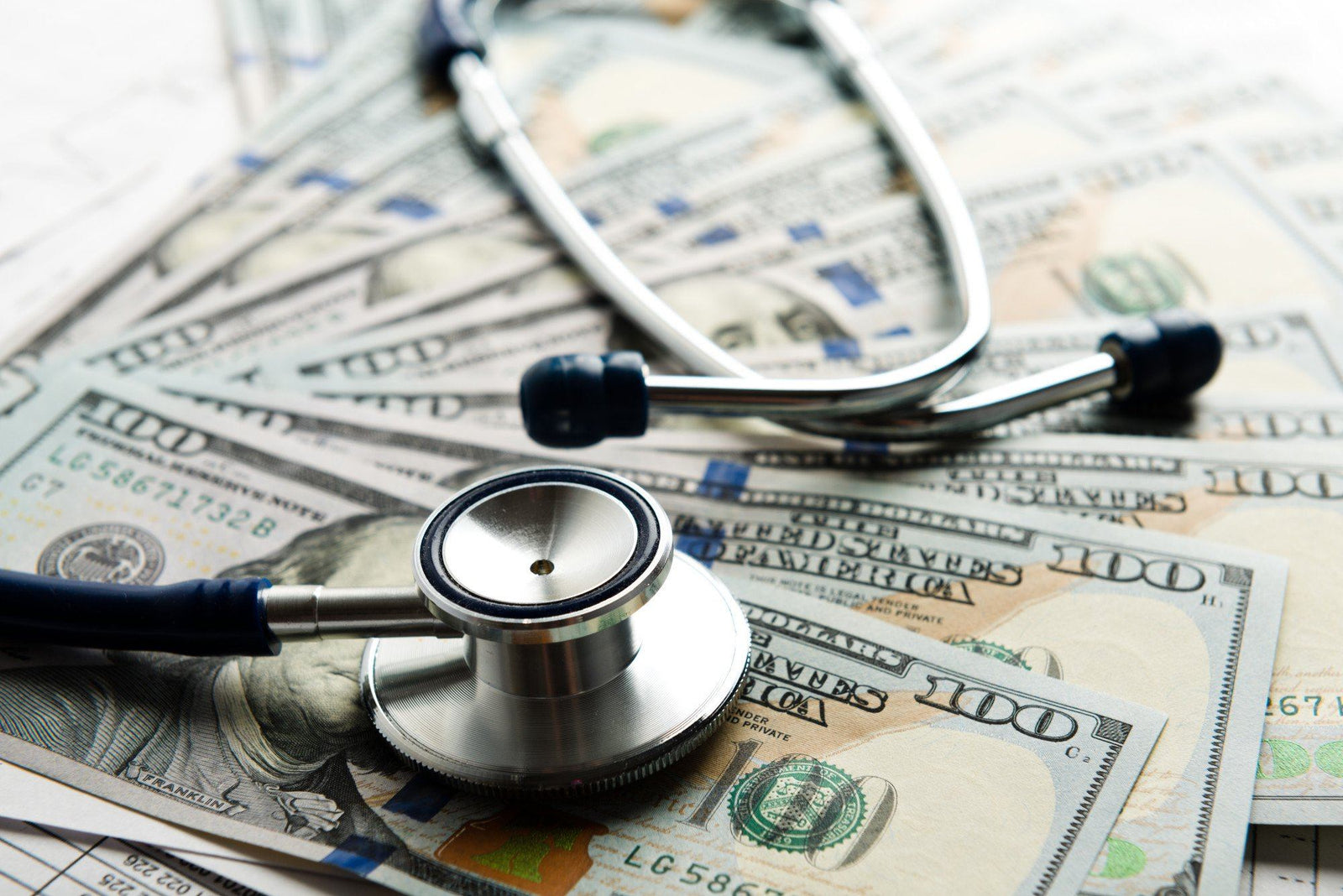A whopping $370 billion -- that's the estimated prescription drug spending this 2019.
On top of that is the cost of medical equipment and products, which in 2017 alone, totaled $118 billion.
This is why in 2019, experts projected that the average healthcare cost for each person was $11,559. This is a trend that's likely to continue this 2020 and beyond.
There's still some good news though: You can still save on medical supplies and products if you shop right. From subscription discounts to freebies, there are plenty of savings for you to enjoy.
Ready to learn the best tips on how to reduce medical bills? Then let's dive right into it!
1. Shop Online
Online medical suppliers have lower prices because they also have lower transaction costs. Moreover, they have lower overhead and production expenses.
They also have a much wider network of medical supply manufacturers. This gives them access to a wider array of products from different brands. In addition, these partnerships allow them to offer retail products at wholesale rates.
Aside from lower prices, they also save you time and gas money by delivering your orders at your doorstep. This is even more beneficial to people who have limited mobility or are in more remote areas.
Before you order anything online though, be sure that you’re dealing with a verified supplier. While they may be operating mostly online, they should still have a brick and mortar office. Check that their payment portals make use of top-of-the-line security protocols too.
2. Sign Up for Subscriptions
The discounts that come with medical supply subscriptions can help with medical costs. For instance, you can get as much as 5% off if you subscribe to an auto-reorder program. Moreover, these aren't one-time discounts -- you get to enjoy them each time you re-order supplies.
Some products even come with free items for first-time subscribers. For instance, a subscription for the Prodigy No Coding Test Strip will get you a free testing meter. If you buy a glucose meter separately, even a low-priced one can already cost you $40 to $60.
There’s also the added benefit of guaranteed delivery of your medical must-haves. Automated orders are also convenient for patients with hectic schedules. It's also the best solution for those who may forget when to order their supplies.
3. Use Discount Coupons
A study found that those who use discount coupons on prescriptions spent 35% less than those who don't. Prescription drug coupon users had a monthly out-of-pocket expense of $9.70. Whereas the non-coupon-users spent an average of $15.10 every month.
While this was a study for prescriptions, the same holds true for other medical items. Online suppliers also offer similar discounts to help lower their clients' medical expenses.
4. Properly Plan and Time Your Orders
Maintaining a medical supply list will allow you to easily track the items that you're running low on. Especially if you have medical products that you use daily, such as diabetic supplies. Depending on the type of diabetes you have, you may have to test your blood sugar levels once to 10 times a day or more!
You may also be using self-care supplies daily to treat injuries or infections. Skipping even just a day of treatment because you ran out of supplies can affect your recovery time. Worse, leaving injuries untreated can result in bigger issues, such as infections.
You can prevent these while also saving money on supplies by ordering everything you need in one go. The best online suppliers offer free shipping on orders that reach a certain amount, such as $100.
5. Place Orders in Bulk
Reputable suppliers usually offer discounts on bulk medical supply orders. These include most over the counter products, such as vitamins and supplements. You can also get bulk orders for disposables, such as masks and incontinence supplies.
Be sure, however, that the medical supplies you'll buy in large amounts have long shelf lives. This way, you can avoid having to throw out expired items.
6. Compare Insured and Cash-Based Prices
Some insured prescriptions cost more than the regular price charged by pharmacies. This means you could be paying more if you get your medications under insurance. The same insurance "rule" often applies to medical supplies too.
That said, be sure to regularly ask pharmacies and suppliers for their price list. Compare this with the rates you'll pay if you use your insurance coverage. You may find that the cash-based or retail prices are lower than the insured-based rates.
7. Check If You Qualify for Manufacturer Patient Assistance Programs (PAP)
These are programs either backed by or offered directly by medical supply manufacturers. Some states, as well as non-profits, also run these money-saving programs. There are also pharmaceutical patient assistance programs for prescription drugs.
Either way, qualifying for PAPs can give you access to medical devices and supplies at a lower cost. Some of the programs even provide these products at no cost! Eligibility requirements can be strict though, as PAPs are usually for low-income patients.
Most PAPs are also limited to people who either have no or too little insurance. Still, that's a huge market, seeing as 48.6 million US adults belonged to this group in 2018. If you think you qualify for a PAP, be sure to consult with your doctor to get your application started.
Save On Medical Supplies Now
There you have it, the many different ways on how you can save on medical supplies and products. As you can see, something as simple automated re-ordering can already save you a lot. Moreover, subscriptions will ensure that you don't run out of necessary medical supplies.
Ready to use get the most use out of your money for better health? Then please feel free to check out our extensive collection of medical supplies! Subscribing to each product you often use will get you an additional 5% discount.


